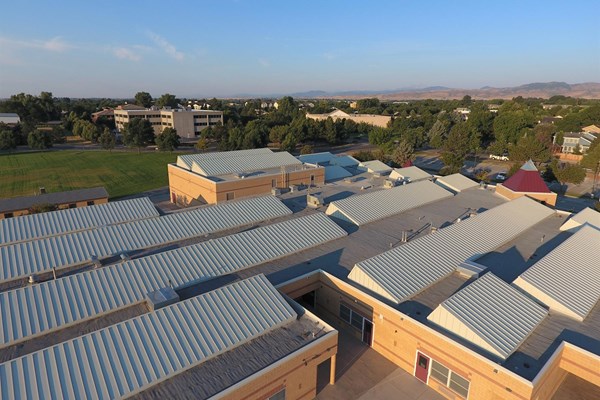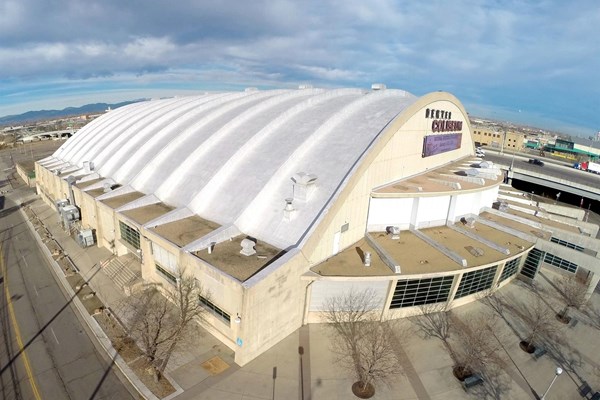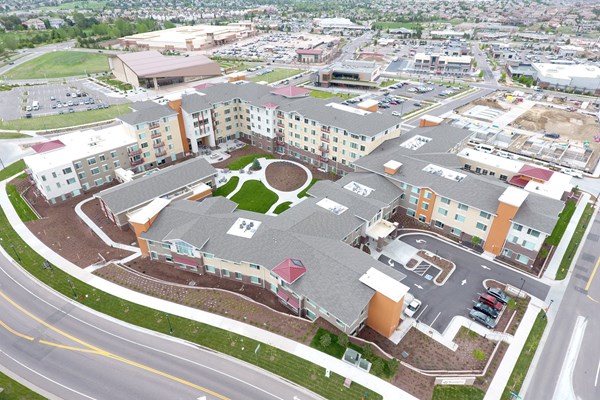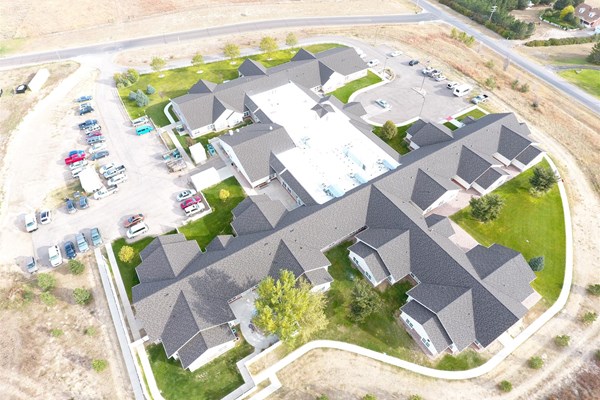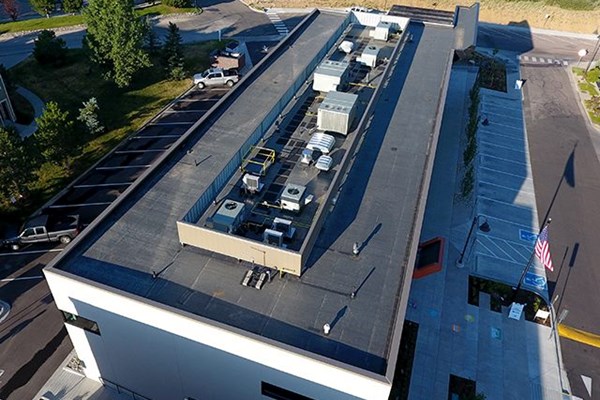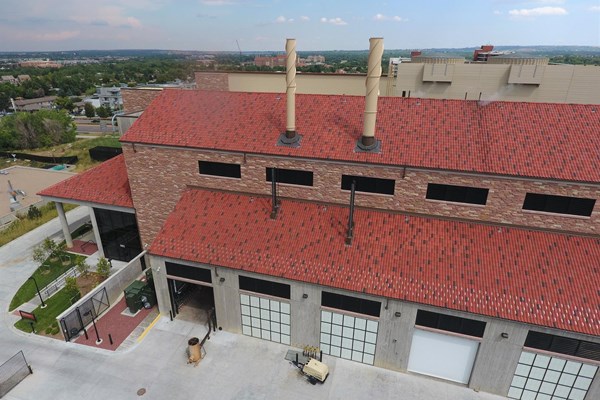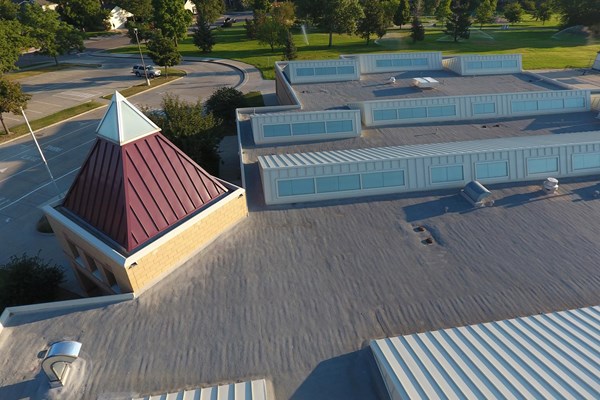Commercial Roofing Contractor in Frederick, CO
Serving The Greater Denver Area
Since 1947, B&M Roofing has been the name Colorado businesses trust when the job has to be done right. As the leading commercial roofing contractor in Frederick, CO, we bring a deep understanding of Colorado’s demanding climate and the experience to protect properties across the Denver Metro Area. From high-altitude installations to large-scale industrial facilities, our team builds roofing systems that work as hard as you do. Contact us to get your free commercial roofing quote.


















